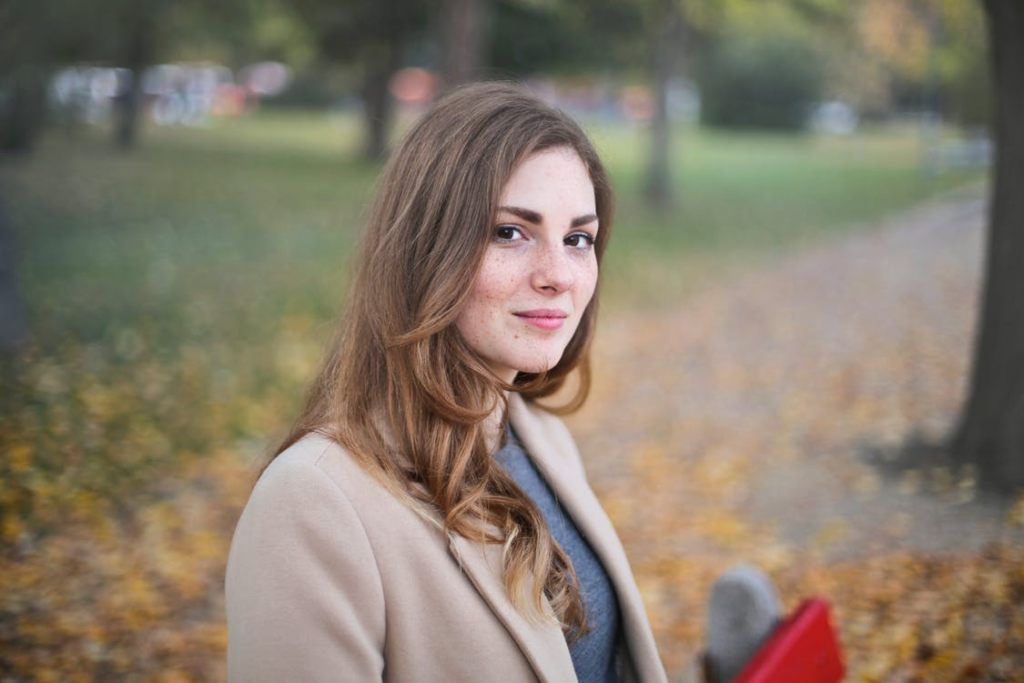In Germany, several cultural, societal, and traditional indicators can suggest whether a woman is married. While personal style and individual preferences vary widely, these signs can often provide clues about a woman’s marital status. This article explores both modern and traditional aspects that might reveal whether a German woman is married.

Signs that a German woman is married
1. Wedding rings
The most prominent and traditional sign of marriage in Germany is the wedding ring. German married women typically wear their wedding rings on the fourth finger of their right hand. This practice differs from many other cultures where the wedding ring is worn on the left hand. The ring is usually a simple band of gold, although designs can vary.
2. Last name change
Another indicator of marital status in Germany is a change in surname. Upon marriage, it is common for women to adopt their husband’s last name, although this is not mandatory. Some women choose to hyphenate their maiden name with their husband’s name, while others may retain their maiden name. The change of surname is often reflected in legal documents and formal introductions.
3. Family-oriented activities
Married women, especially those with children, often engage in family-oriented activities. They might participate in school events, family gatherings, or community activities that involve their children or spouse. These activities can be a sign of a stable family life and, consequently, marriage.
4. Conversations about family
In social settings, married women in Germany might frequently mention their spouse or children in conversations. References to “my husband” or discussions about family vacations, household responsibilities, or children’s education are common indicators of marital status.
5. Social media presence
Social media profiles can also provide clues about a woman’s marital status. Photos with a partner, family vacations, or posts celebrating wedding anniversaries can indicate marriage. However, privacy settings and personal preferences about sharing information online vary widely.
6. Formal invitations
In Germany, formal invitations to events like weddings, birthdays, or anniversaries often include the names of both spouses if the woman is married. The use of terms like “Mr. and Mrs.” in invitations can be a traditional but clear sign of marital status.
7. Legal documents and titles
In formal contexts, such as business or official documents, a married woman might use the title “Frau” (Mrs.), followed by her married name. This is a formal indication of marital status and is used in professional and legal settings.
8. Dirndl apron bow placement
In Bavaria and other regions where traditional clothing like the Dirndl is worn, the placement of the apron bow can signify marital status. The bow’s position conveys specific meanings:
- Right side: The woman is married or in a committed relationship.
- Left side: The woman is single.
- Center front: The woman is a virgin.
- Center back: The woman is widowed or works as a waitress.

This tradition is particularly evident during festivals like Oktoberfest, where Dirndls are commonly worn.
9. Regional headwear
In some parts of Germany, traditional headwear can also indicate a woman’s marital status. For instance:
- Schwäbisch-Alemannische Fastnacht (Swabian-Alemannic Carnival): In Swabia, married women wear different types of headscarves or hats compared to single women during traditional festivals.
- Black Forest (Schwarzwald): In the Black Forest, the Bollenhut (a hat with woolen pompoms) signifies marital status. Unmarried women wear hats with red pompoms, while married women wear hats with black pompoms.

10. Jewelry and accessories
Certain types of jewelry or accessories might also be indicative of marital status:
- Necklaces and brooches: In some regions, specific designs or heirloom pieces are passed down and worn by married women.
- Eheringe (wedding rings): While modern women wear wedding rings on their right hand, traditional rings or family heirlooms might be more ornate or distinct in certain regions.
11. Traditional dress codes at weddings
German weddings often involve traditional dress codes that can indicate marital status:
- Bridal crown (Brautkrone): In some regions, brides wear ornate crowns made of myrtle, herbs, or flowers. The presence of such crowns in family photos or during celebrations can indicate a woman’s marital status.
- Schützenfest (marksmen’s festival): At traditional festivals like Schützenfest, married women might wear specific badges or sashes that denote their marital status.
12. Regional customs and festivals
Participation in regional customs and festivals can sometimes indicate marital status:
- Oktoberfest and other beer festivals: Married women might participate in these events with their spouses, and their interactions and attire can offer clues.
- Carnival (Karneval/Fasching): During carnival season, married women might wear costumes that reflect their status, often alongside their husbands in themed outfits.

Conclusion
Modern and traditional indicators provide various clues about a German woman’s marital status. While wedding rings, surname changes, and social behaviors are modern signs, traditional attire, headwear, and participation in regional customs offer additional insights. And remember that personal preferences, cultural shifts, and individual choices play significant roles in how marital status is expressed and perceived in Germany. Direct communication remains the most reliable way to ascertain someone’s marital status.







